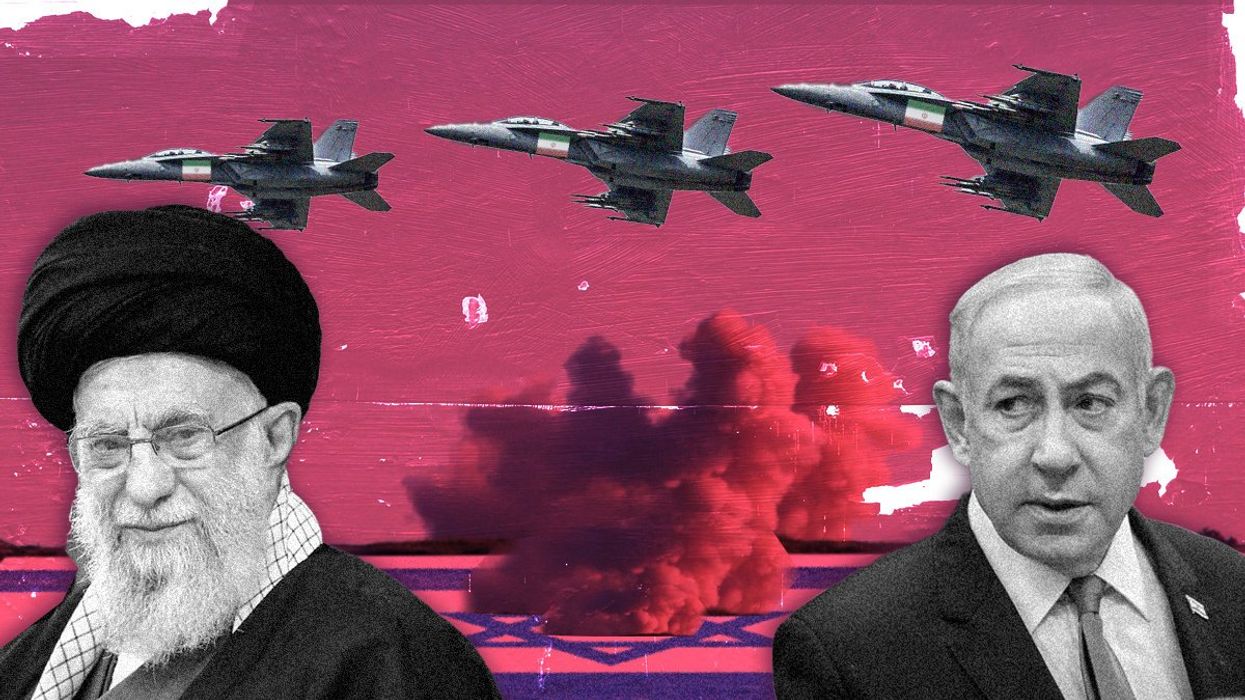by ian bremmer
Iran’s attack on Israel, explained
On April 13, Iran launched hundreds of drones and missiles from its own territory in its first-ever direct, attributable attack against Israel, thrusting the long-simmering shadow war between the two regional foes into the light.
Apr 17, 2024


